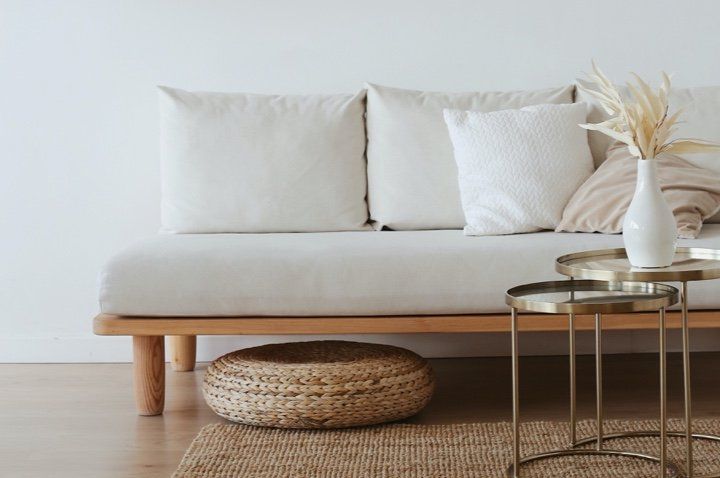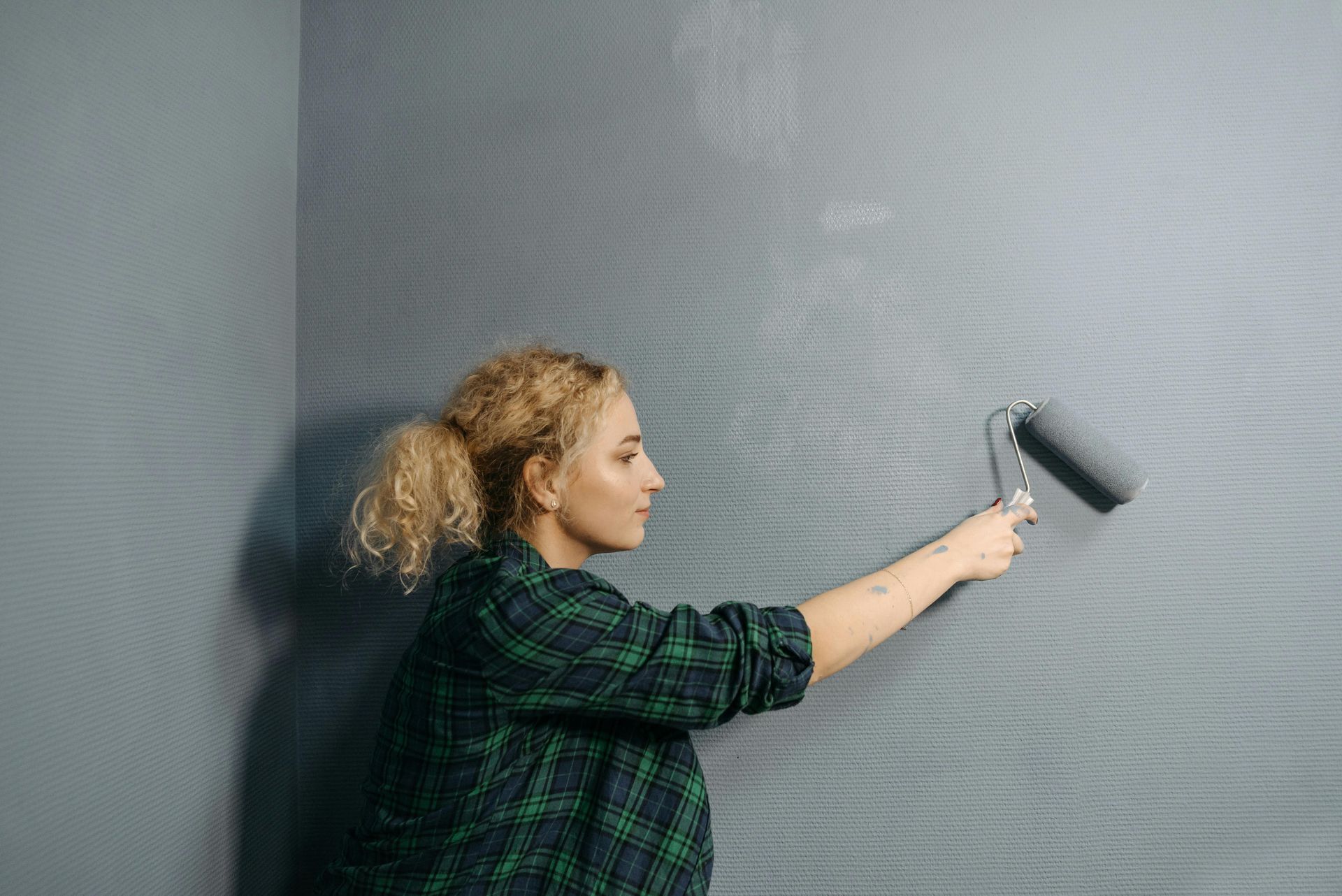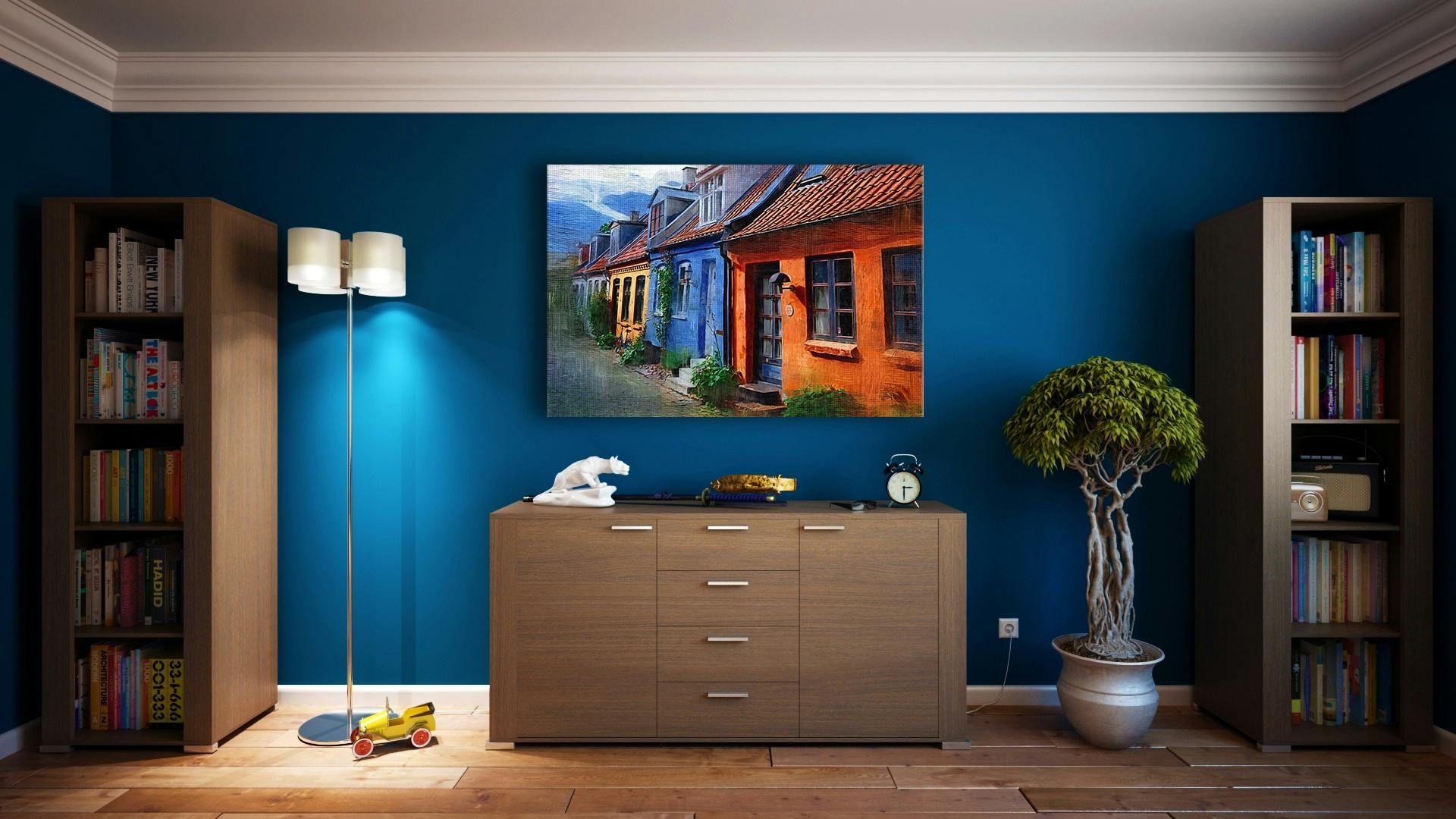Preparing Walls for Painting: A Step-by-Step Guid
Painting your walls can dramatically transform the look of a room, but before you pick up your brush or roller, it’s essential to take the time to prepare your walls properly.
1. Clear the Area
Start by removing as much furniture and décor from the room as possible. This will give you ample space to work and protect your belongings from paint splashes and dust. If you cannot move larger items, centre them in the room and cover them with drop cloths or plastic sheeting.
2. Clean the Walls
Dust and grime can prevent paint from adhering properly, so it’s vital to start with clean surfaces. Use a sponge or cloth with warm, soapy water to wipe down the walls. For particularly dirty areas, such as kitchens or hallways, a mixture of vinegar and water can help remove grease and stains. Once you’ve cleaned the walls, rinse them with clean water and allow them to dry completely.
3. Repair Any Damage
Inspect your walls for any damage, such as holes, cracks, or dents. Use a filler or patching compound to repair these imperfections. Apply the filler with a putty knife, smoothing it out to match the wall surface. Once dry, sand the repaired areas smoothly with fine-grit sandpaper to create an even surface. Remember to wear a dust mask during this process to avoid inhaling dust particles.
4. Sand the Walls
In addition to repairing damage, it’s a good idea to lightly sand the entire wall, especially if it has previously been painted. Sanding helps create a rough surface for the new paint to adhere to, which can improve durability. Use fine-grit sandpaper (220 grit) and a sanding block or a pole sander for larger areas. Be sure to wipe down the walls again with a damp cloth after sanding to remove any dust.
5. Prime the Walls
Priming your walls is an important step, especially if you’re making a significant colour change or painting over a darker shade. A good primer will enhance paint adhesion, provide a uniform base, and help cover imperfections. Apply the primer with a roller for larger areas and a brush for edges and corners. Allow the primer to dry as per the manufacturer’s instructions before proceeding to paint.
6. Protect the Surrounding Areas
To avoid overspray or accidental paint marks, it’s important to protect areas you don’t want to paint. Use painter's tape to mask off edges, baseboards, window frames, and door frames. Make sure the tape is pressed down firmly to prevent any paint from seeping underneath. You can also lay down drop cloths on the floor to catch any drips or spills.
7. Gather Your Supplies
Before you start painting, make sure you have all the necessary tools and supplies at hand. This includes your chosen paint, brushes, rollers, a paint tray, a step ladder for reaching higher areas, and any other tools you may need. Organising your materials beforehand will help the painting process go smoothly.
Preparing your walls properly is the key to achieving a flawless paint finish that you can enjoy for years to come. By taking the time to clean, repair, sand, prime, and protect your surfaces, you’ll set the stage for a successful painting project. With your walls prepped and ready, you can move forward confidently, knowing that you’re on your way to transforming your space with beautiful, fresh paint. Happy painting!









